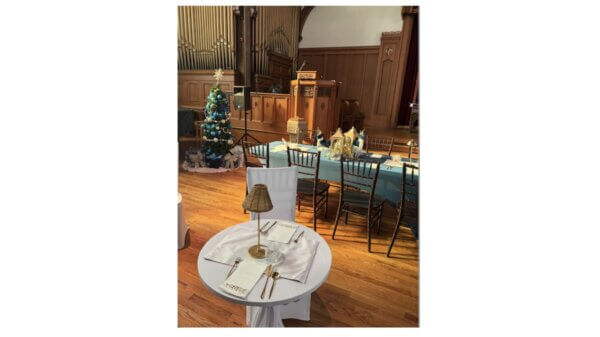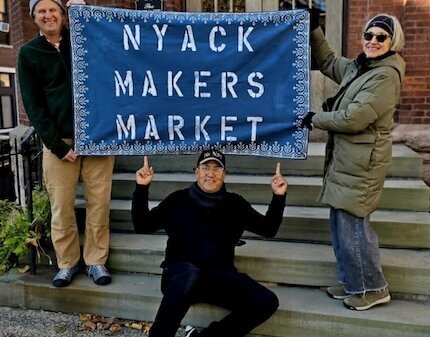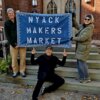The story of a theater that rose above its rivals, ruled the screen through the 1920s, and remained a cultural force on stage until 1975.
Before the age of multiplexes, before Dolby sound and reclining chairs, there was the Broadway Theater. When it opened its doors in December 1911, it wasn’t just another entertainment venue—it was a bold symbol of a new era in Nyack’s cultural life. Located at the corner of South Broadway and Church Street, the theater dazzled audiences with plush seating, velvet curtains, an elevated stage, and piano accompaniment for silent films. The experience went far beyond what early nickelodeons could offer.
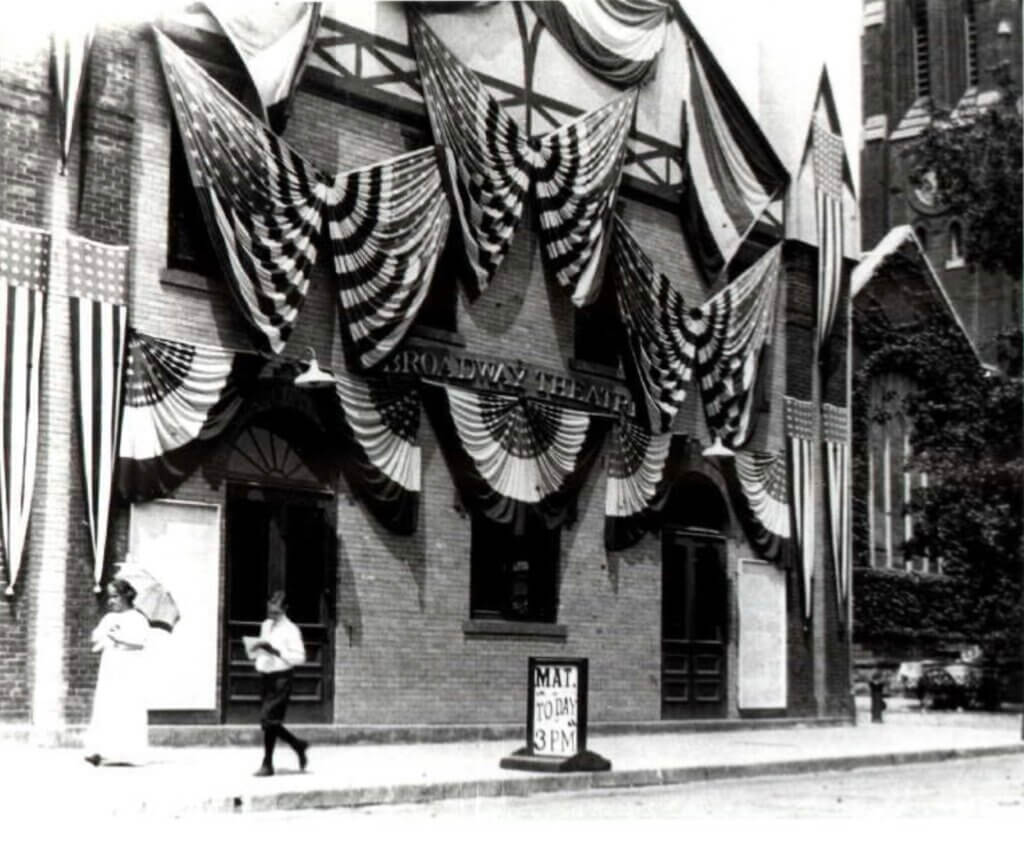
From Wigwam to Marquee
The site of the Broadway Theater has long been a hub of community activity. Before the Civil War, a feed and grain store stood at the Broadway and Church Street corner. Behind it, the Van Houten Livery occupied much of the block, while Christie’s Sleigh and Carriage Shop operated on Liberty Street.
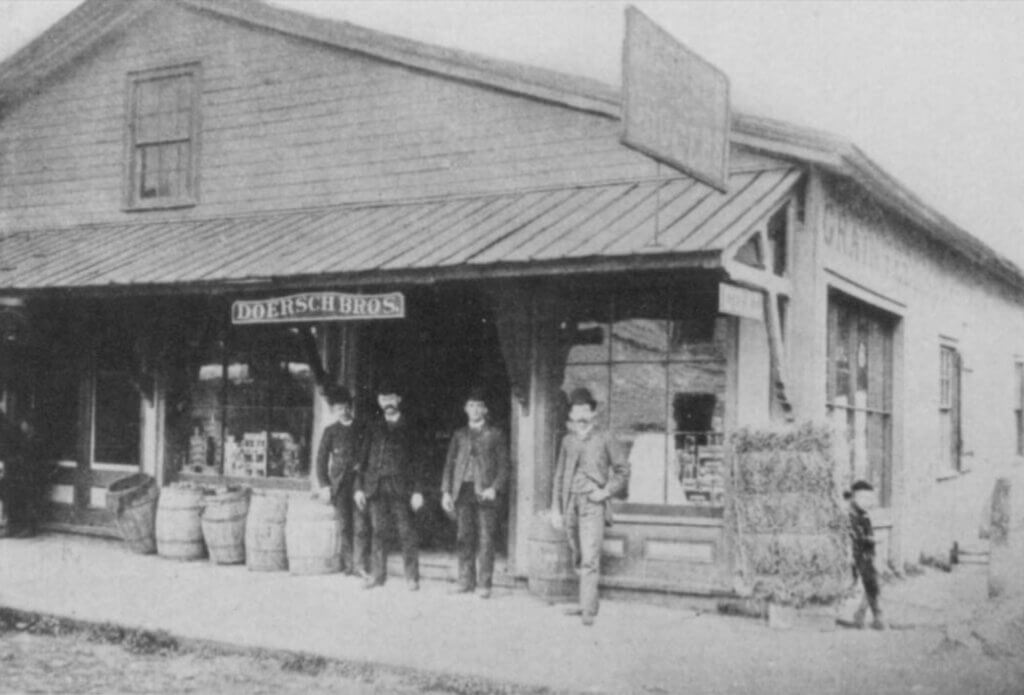
After the war, Aaron Christie transformed the grain store into a meeting hall called the Wigwam, part of a trend sweeping the nation—Abraham Lincoln was famously nominated in the Chicago Wigwam. In Nyack, the Wigwam became a vital gathering place, fronted by a grocery store run by the Doersch Brothers. Its most memorable moment came in 1868, when Horace Greeley addressed an overflowing crowd. Over time, however, newer venues like the Opera House and Voorhis Hall made the wooden Wigwam obsolete. By the early 1900s, it sat vacant.
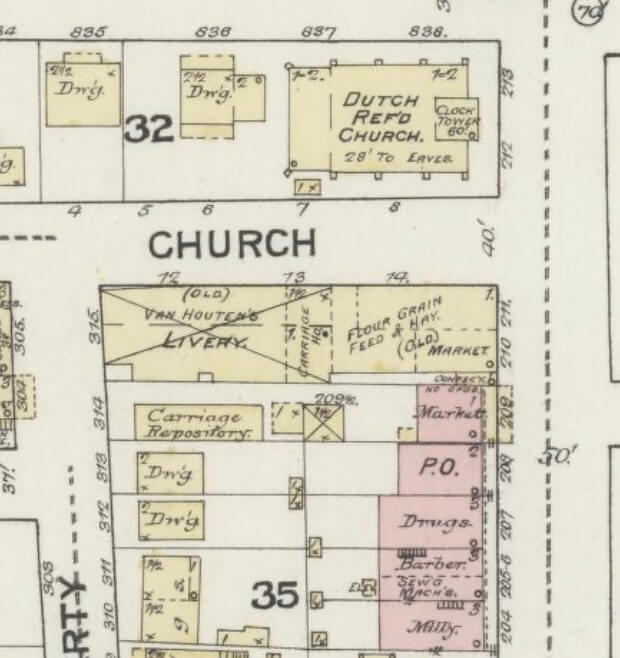
A Theater for the New Century
In 1907, Nyack Mayor James Kilby saw potential in the aging Wigwam site. Teaming up with Arthur S. Tompkins, he acquired the property and set out to build a state-of-the-art movie theater. Their goal was to surpass the Lyceum in every respect—design, size, and amenities.
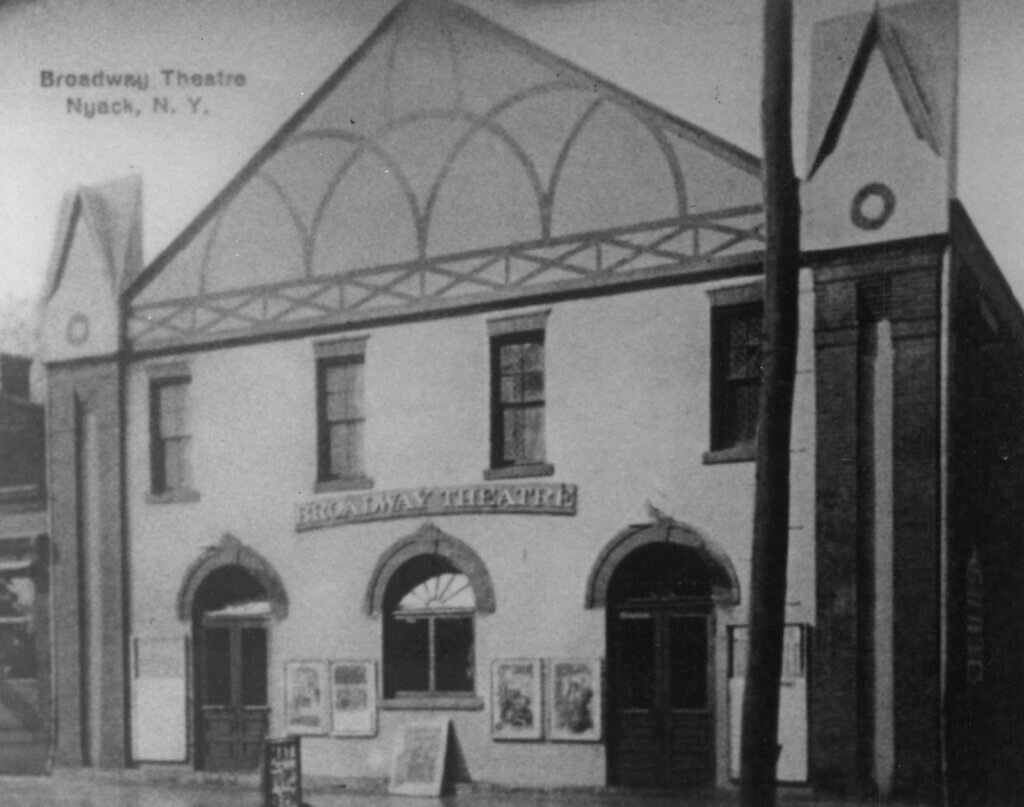
The Broadway Theatre’s façade, as seen in the circa 1915 postcard, reflects a symmetrical design typical of early 20th-century Classical Revival architecture. A central ticket office flanked by two main arched entrances and aligned upper windows. The three rounded arches—highlighted by contrasting trim and a fanlight window above the center ticket window—evoke Romanesque or Beaux-Arts influences. Above, a gabled parapet is adorned with painted or stuccoed geometric patterns, including stylized half-fan vaults and a zigzag band, hinting at simplified Mission Revival or early Art Deco design. Tall pilasters at each corner rise into dramatic triangular caps, lending the modest building a vertical emphasis and a touch of theatrical flair.
At a time when Nyack’s earliest film experiences took place in modest venues like the Electric Theater and “Otto’s” (both housed in repurposed storefronts), the Broadway Theater offered a much grander vision. With fixed seating, an ornate interior, and a professional stage, it quickly became a local success.
Opening Night on Broadway
In the early years of cinema, movie theaters often paired short films with live vaudeville acts. Local papers paid more attention to the vaudeville performers than the films. A 1911 review in the Nyack Evening Star praised “high-class” performers like Alfredo, a boy violinist who wandered the stage in casual clothes; the dance duo Pike and Callen; and vocalist Mabel Ford. A second December review noted acts including Rose Telmer, a singing comedian; the comedy team of Kelly and Parks; and impersonator Walter Stead.
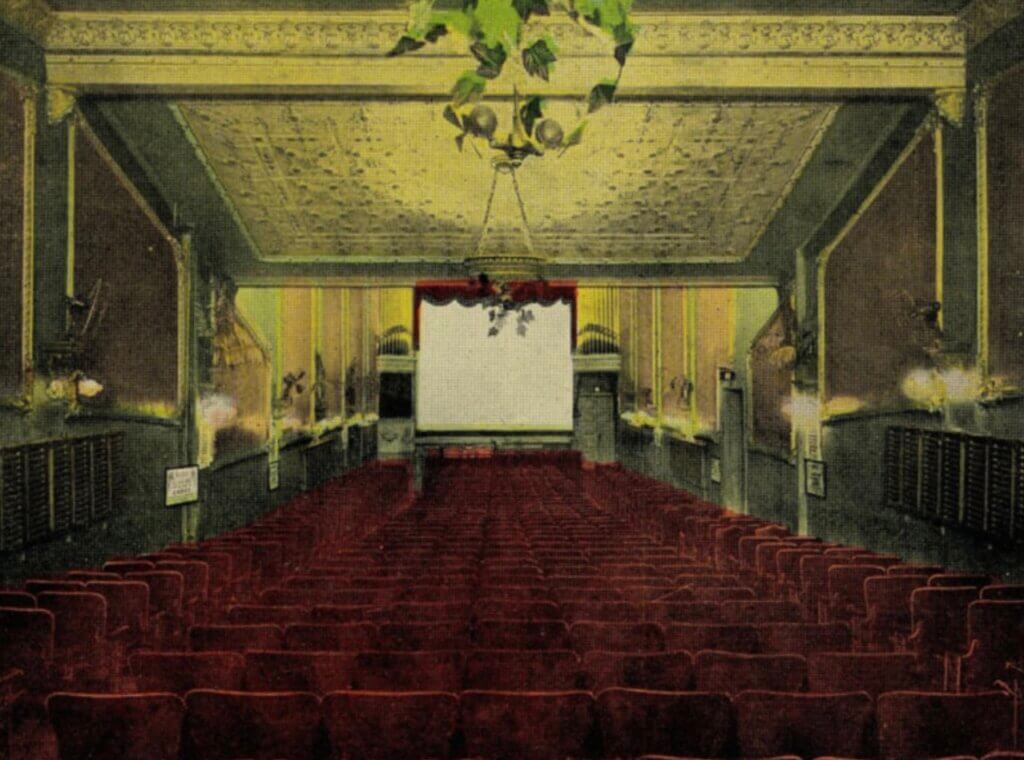
The newspaper also mentioned the “fine motion pictures” without naming a single title. Early films shown at the time likely included animated shorts like Little Nemo, created by pioneering cartoonist Winsor McCay. Based on his fantastical comic strip, the film showcased early hand-drawn animation and gave audiences a glimpse into the dreamlike possibilities of the new medium.
“A boy violinist who wandered the stage…”
From the Nyack Evening Star, describing a 1911 vaudeville act at the Broadway Theater.
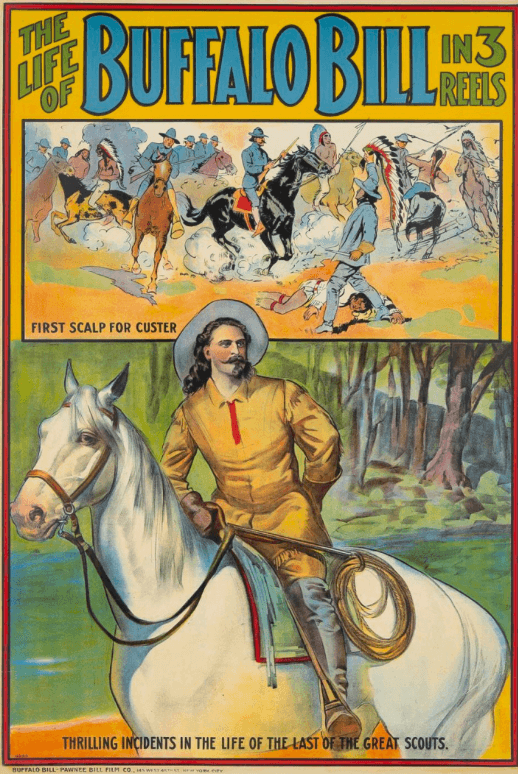
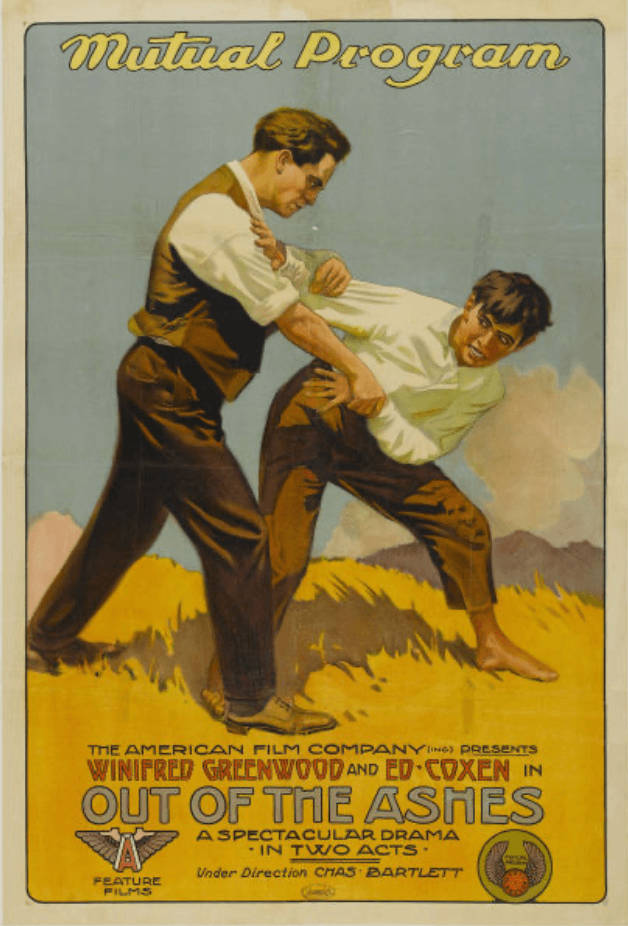
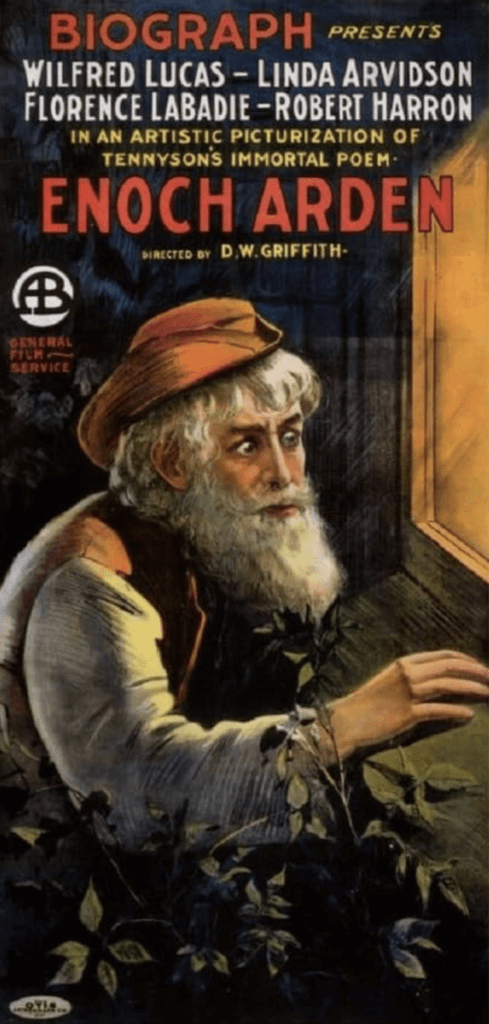
Movie posters from 1911 and early 1912.
Audiences in those days were lively and interactive. People came and went during shows, chatted freely, and sometimes shouted at the screen. Children howled with laughter during slapstick comedies, while a simple arc light projector cast images on a white screen. The atmosphere was as much social as it was cinematic.
Racial Discrimination at the Theater
In 1916, Mack Grant, headwaiter at the Hotel St. George, and Fred Rodgers faced racial discrimination at the Broadway Theater. When the two Black men attempted to buy tickets for seats on the main floor, the manager, Michael Mirabel, told them the price was $5—twenty times the usual 25-cent admission. The exchange implied that Black patrons were expected to sit only in the balcony, though this policy was never stated outright.
Grant and Rodgers filed suit against the theater under New York State’s Civil Rights Act, which prohibited discrimination by theater owners. They sought $500 in damages and won a $100 judgment in court. Though the verdict marked an early civil rights victory, the local newspaper undercut its significance, describing Grant dismissively as “a sensitive darky”—a stark reminder of how deeply racism pervaded even moments of justice.
Nyack’s Two-Theater Rivalry
As it turned out, the Broadway Theater missed being the first movie theater in Nyack by six months. That same year, the Lyceum Theater opened on Main Street, just west of Franklin. With its own uniquely designed frontage, the Lyceum also marked a shift toward modern entertainment spaces. For over a decade, the two theaters competed fiercely, each trying to draw larger crowds.
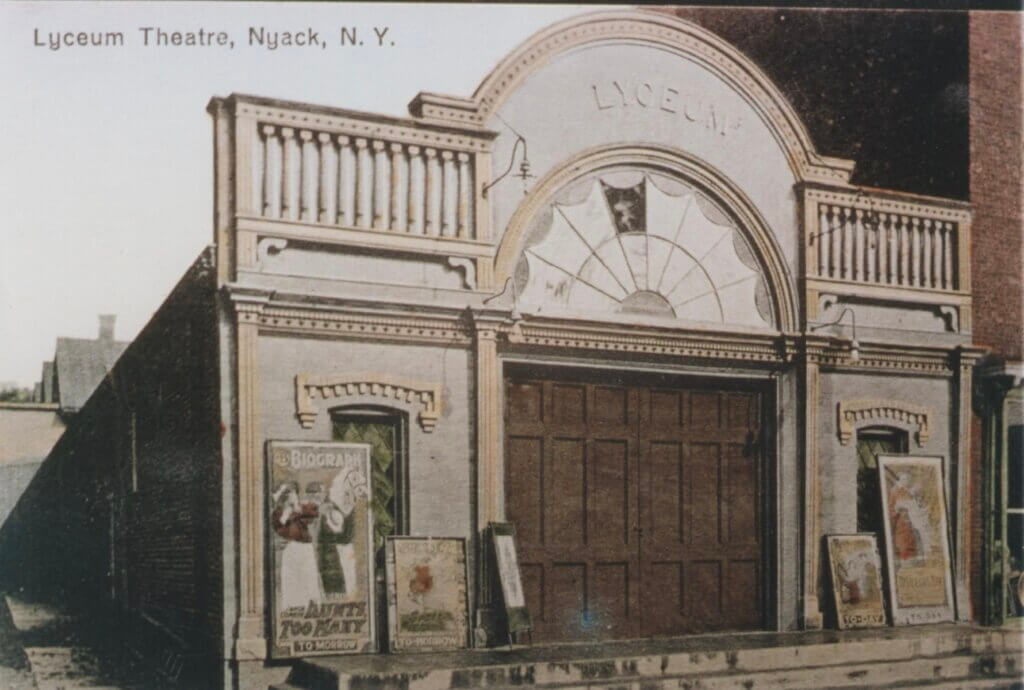
By 1920, the Broadway had the upper hand. After acquiring adjacent stable and major renovations, the interior transformed into a full-scale movie palace seating up to 1,200 patrons. The floor was sharply raked for better visibility. A balcony was added—an ambitious feature for a village like Nyack. The stage deepened to accommodate larger productions, and backstage dressing rooms allowed for more professional vaudeville troupes.
Exterior Changes and Public Appeal
By the early 1920s, the Broadway Theater had undergone a dramatic transformation, emerging as a visual landmark at the corner of South Broadway and Church Street. Its two-story symmetrical brick façade blended classical symmetry with early modern design, featuring decorative lintels and corner pilasters that conveyed elegance and solidity.
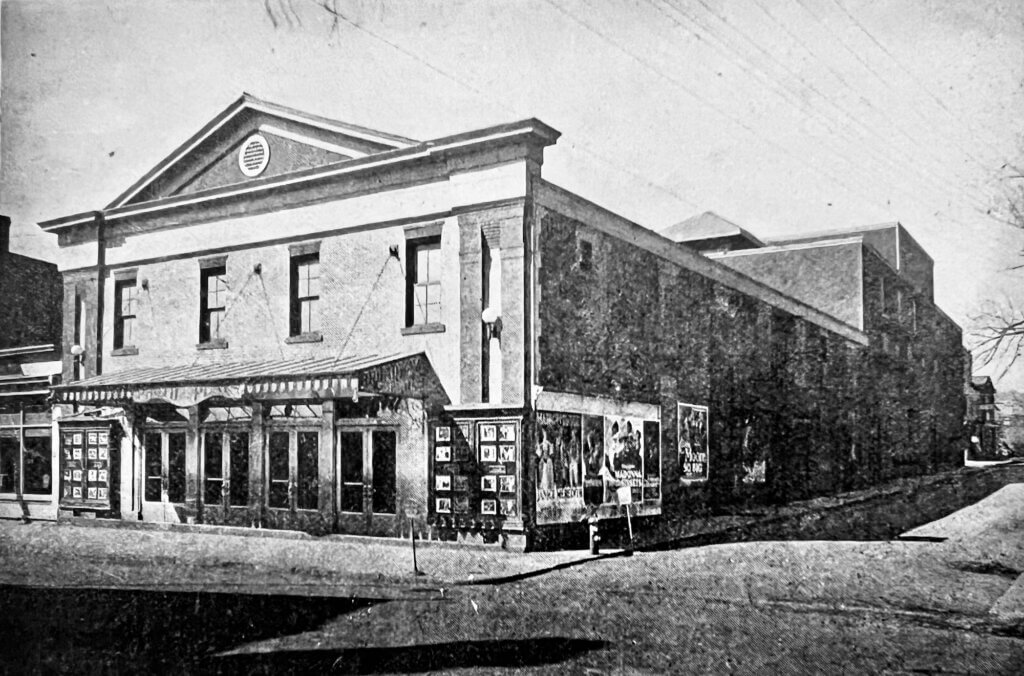
A bold striped awning stretched over a projecting marquee, shading glass-paneled entry doors and giving the theater a touch of flair. Large illustrated posters wrapped around the Church Street corner, while smaller lobby cards filled a display case beside the entrance—enticing passersby with glimpses of upcoming films.
At the top, a triangular pediment with a central attic vent offered a subtle nod to the building’s earlier Greek Revival roots. Along the side, a long stepped rear section hinted at the 1920s expansion that added a larger stage, balcony, and backstage rooms.
These exterior changes did more than modernize the building—they signaled the Broadway Theater’s ascendancy as Nyack’s cultural anchor. By the time the Lyceum ceased showing films in 1923, the Broadway had not only survived the competition—it had claimed center stage.
“The theater seated 1,200 and featured a full orchestra.”
After 1920 renovations, the Broadway Theater was one of the largest venues in Rockland County
The Changing Mix of Vaudeville and Cinema
On vaudeville nights, the Broadway featured six to eight live acts alongside a feature-length movie and a newsreel. On other nights, films ran alone—a clear sign that cinema was evolving beyond its vaudeville roots. Movie advertisements began to highlight emerging stars like Mary Pickford and Fatty Arbuckle, as well as prominent directors such as D. W. Griffith. Both the Broadway and the Lyceum became the newspaper’s largest daily advertisers.
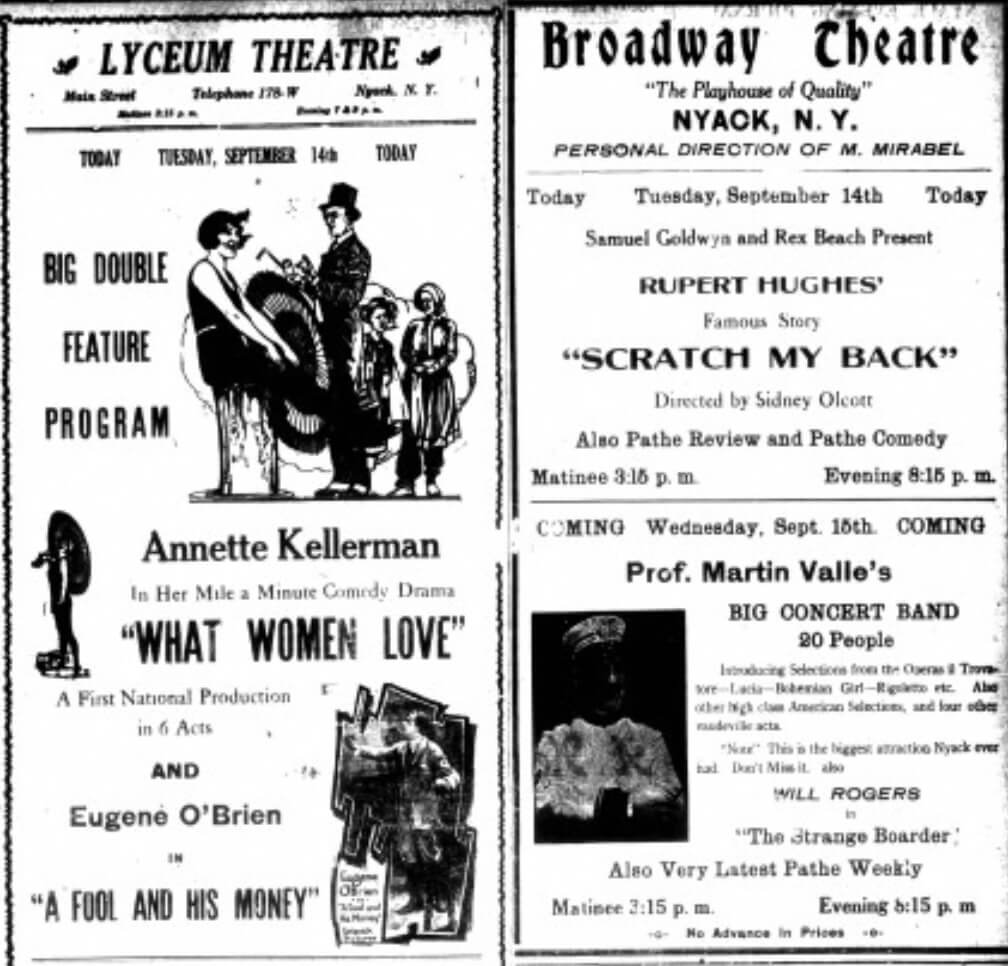
“Mary Pickford! Fatty Arbuckle! D.W. Griffith!”
— Star power drew crowds and headlines as cinema replaced vaudeville.
The Golden Age Ends
The Rockland Theater opened on May 16, 1928 with a silent feature titled High School Hero. All 1,800 seats were filled as audiences watched the film, accompanied by live Wurlitzer organ music played by Jack Taylor. This grand debut included speeches by New York Supreme Court Justice Arthur S. Tompkins and theater owners Bratter and Pollock.
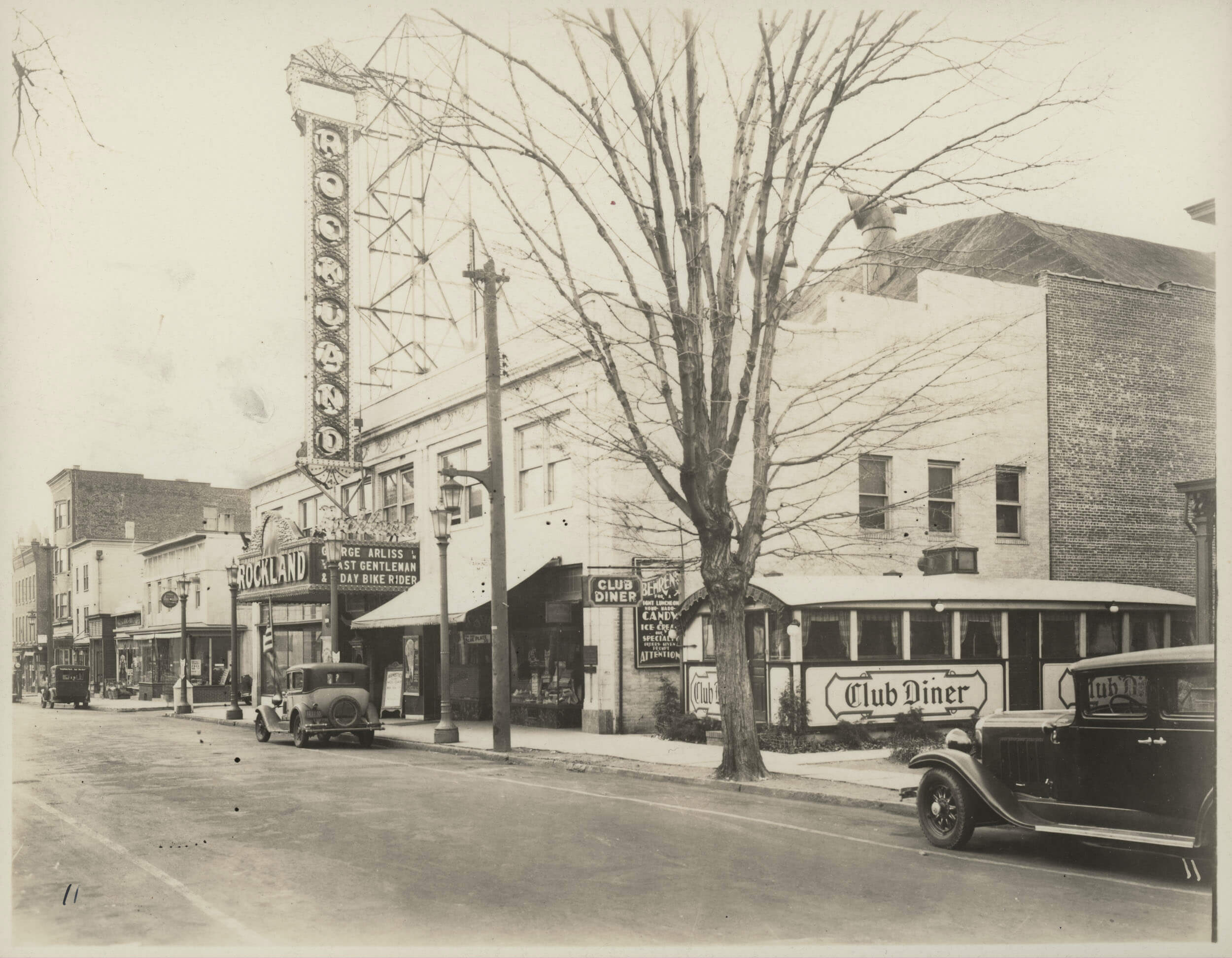
Rockland’s First Talkie:
The Rockland Theater, opened in 1928, debuted sound cinema with Lights of New York.
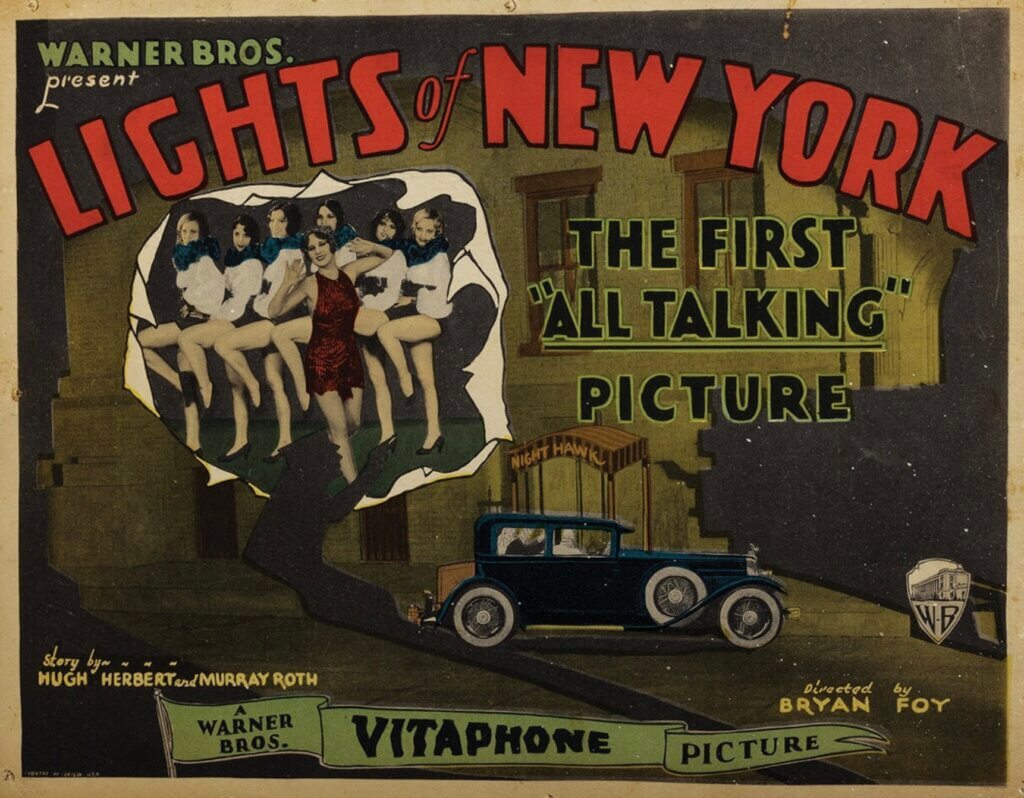
Later that year, the Rockland Theater introduced its first all-talking picture: Lights of New York, marking a shift into the era of sound films. With its larger theater, Art Deco styling, and modern amenities, the Rockland quickly eclipsed the Broadway. The Broadway Theater dimmed its lights and gradually fell into disuse.
A Final Act: The Tappan Zee Playhouse
Nearly three decades later, in 1956, two entrepreneurs gave the building new life. Rebranded as the Tappan Zee Playhouse, the venue embraced summer stock theater and live performances. The exterior and interior were refurbished, and the stage welcomed stars from Broadway and Hollywood.
Tappan Zee Playhouse (1956–1975):
Helen Hayes, William Shatner, and other stars lit up the stage in Nyack’s golden summer stock years.

From Oscar-winning Helen Hayes to a young William Shatner, hundreds of well-known names thrilled Rocklanders throughout the summer months. For nearly 20 seasons, the Playhouse was a cherished fixture of Nyack’s cultural life.



Playbills from the Tappan Zee Playhouse. Courtesy of the Historical Society of the Nyacks.
Legacy at the Corner of Church Street
Despite efforts by preservationists, the curtain fell one final time on the Broadway Theater. In 2004, the last physical remnants of the building were demolished, erasing one of Nyack’s most storied cultural landmarks. What began as a Civil War-era meeting hall and grew into a silent movie palace–and later, a vibrant playhouse–had reached its final act.
Yet the spirit of the Broadway Theater lives on. It lingers on in old playbills tucked in attic boxes, in memories passed down about surprise celebrity sightings on South Broadway. . For nearly a century, the Broadway Theater and the Tappan Zee Playhouse reflected Nyack’s changing tastes —and for many, it was the place where magic happened, right in the heart of the village.
Mike Hays has lived in the Nyacks for 38 years. A former executive at McGraw-Hill Education in New York City, he now serves as Treasurer and past President of the Historical Society of the Nyacks, Vice President and Trustee of the Edward Hopper House Museum & Study Center, and Historian for the Village of Upper Nyack.
Since 2017, he has written the popular Nyack People & Places column for Nyack News & Views, chronicling the rich history, architecture, and personalities of the lower Hudson Valley. As part of his work with the Historical Society, Mike has researched and developed exhibitions, written interpretive materials, and leads well-attended walking tours that bring Nyack’s layered history to life.
Married to Bernie Richey, he enjoys cycling, history walks, and winters in Florida. You can follow him on Instagram as @UpperNyackMike.
Editor’s note: This article is sponsored by Sun River Health and Ellis Sotheby’s International Realty. Sun River Health is a network of 43 Federally Qualified Health Centers (FQHCs) providing primary, dental, pediatric, OB-GYN, and behavioral health care to over 245,000 patients annually. Ellis Sotheby’s International Realty is the lower Hudson Valley’s Leader in Luxury. Located in the charming Hudson River village of Nyack, approximately 22 miles from New York City. Our agents are passionate about listing and selling extraordinary properties in the Lower Hudson Valley, including Rockland and Orange Counties, New York.




